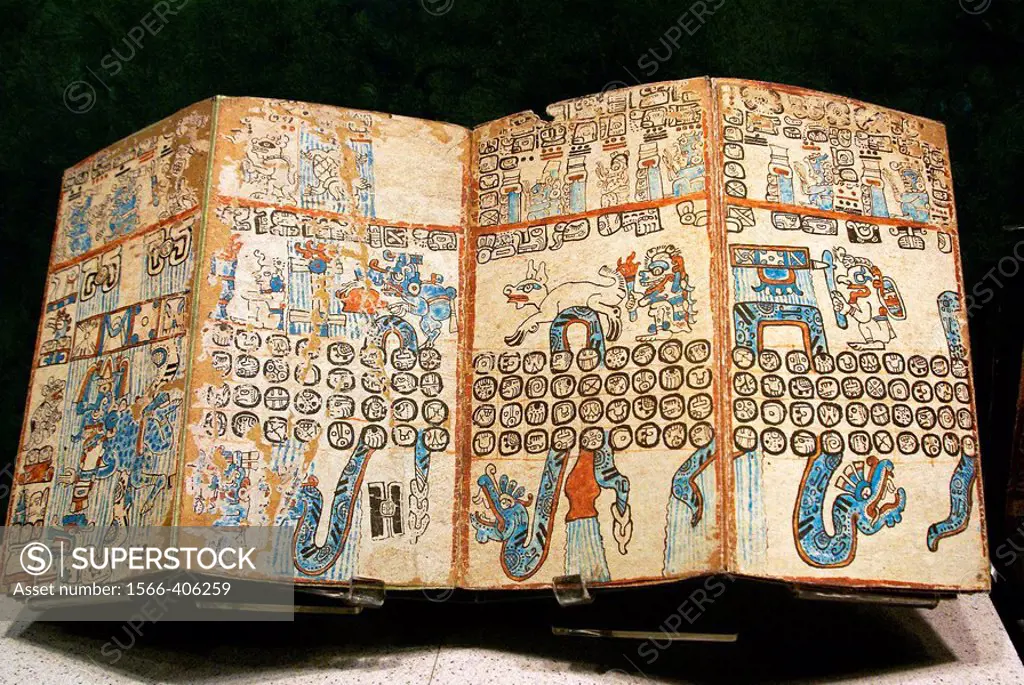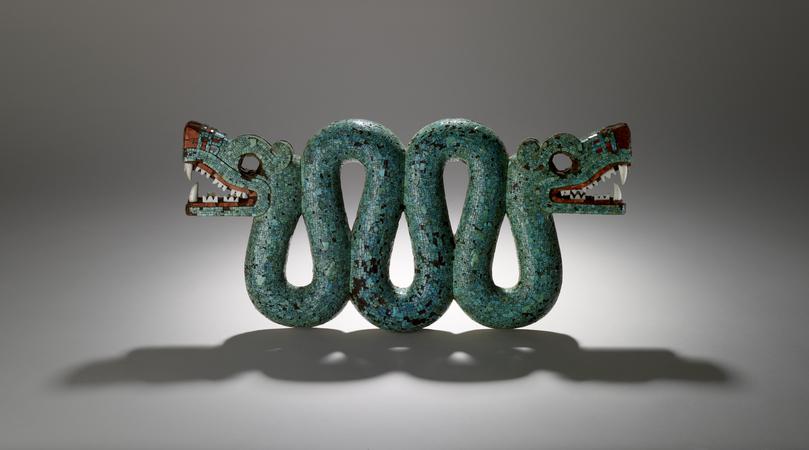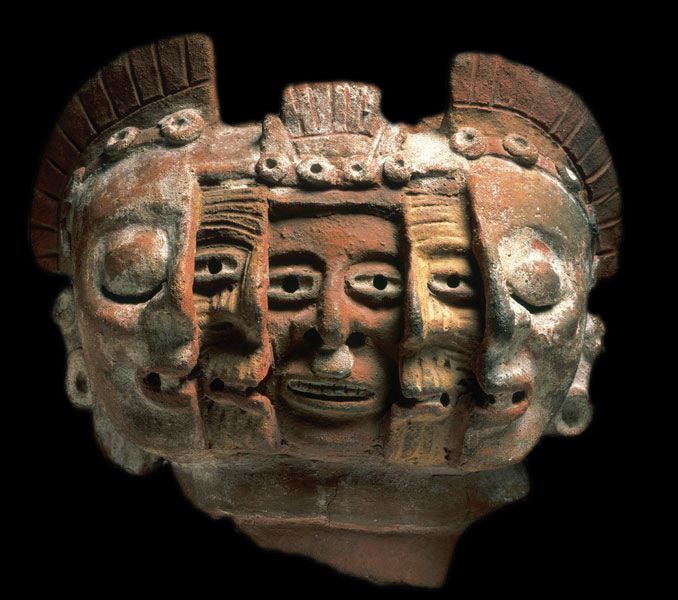sus
Moderator
My galpal read me some lines from Octavio Paz, Art of Mexico this morning that were lovely:
And here is the stepped fret referenced

Some connections to Grapejuice numerology themes and Joycean time-as-a-block ideas. Anyone been to the Anthropology Museum in Mexico City? It's got an unbelievable collection, each hall organized by civilization.
Mesoamerican art is a logic of forms, lines, and volumes that is at the same time a cosmology. There is nothing farther removed from Greco-Roman and Renaissance naturalism, based on the rep resentation of the human body, than the Mesoamerican conception of space and time. For the Mayan or Zapotec artist, space is fluid; it is time that has become extension, and time is solid: a block, a cube. Moving space and frozen time: two extremes of the cosmic movement. Convergences and separations of that ballet in which the dancers are stars and gods. Movement is dance, dance is play, play is war: creation and destruction. Human beings do not occupy the center of the game, but they are the givers of blood, the precious substance that makes the world go round and the sun come up and the maize grow.
Paul Westheim points out the importance of the stepped fret, the ornamental pattern in the form of steps, a stylization of the serpent, of the zigzag effect of the bolt of lightning and of the wind that ripples the surface of the water and the waving fields of maize. This same form is also the representation of the grain of maize that descends into and ascends from the earth just as the priest goes up and down the steps of the pyramid and just as the sun climbs upward in the east and plunges downward in the west. As a sign of movement, the Greek stepped fret represents the stairway of the pyramid, and the pyramid is nothing but time turned into geometry, into space. The pyramid at Tenayuca has fifty-two ser pent heads: the fifty-two years of the Aztec century. The pyramid of Kukulkán at Chichén-Itzá has nine double terraces (the eighteen months of the year), while its staircases have 364 steps plus one on the top platform (the 365 days of the solar calendar). At Teo tihuacán, each of the two staircases of the Pyramid of the Sun has 182 steps (364 plus one for the platform at the apex), and the temple of Quetzalcóatl has 364 serpent fangs. The pyramid at EI Tajín has 364 niches and one hidden one. Marriage of space and time. Movement expressed by the geometry of stone. And human beings? They are one of the signs that universal movement traces and erases, traces and erases. . . . "'The Giver of Life," according to the Aztec poem, "writes with flowers." His songs shade and color those who are to live. We are creatures of flesh and blood, yet as insubstantial as the colors of painted shadows: "Only in the hues you paint us in do we live, here on earth."
And here is the stepped fret referenced

Some connections to Grapejuice numerology themes and Joycean time-as-a-block ideas. Anyone been to the Anthropology Museum in Mexico City? It's got an unbelievable collection, each hall organized by civilization.






